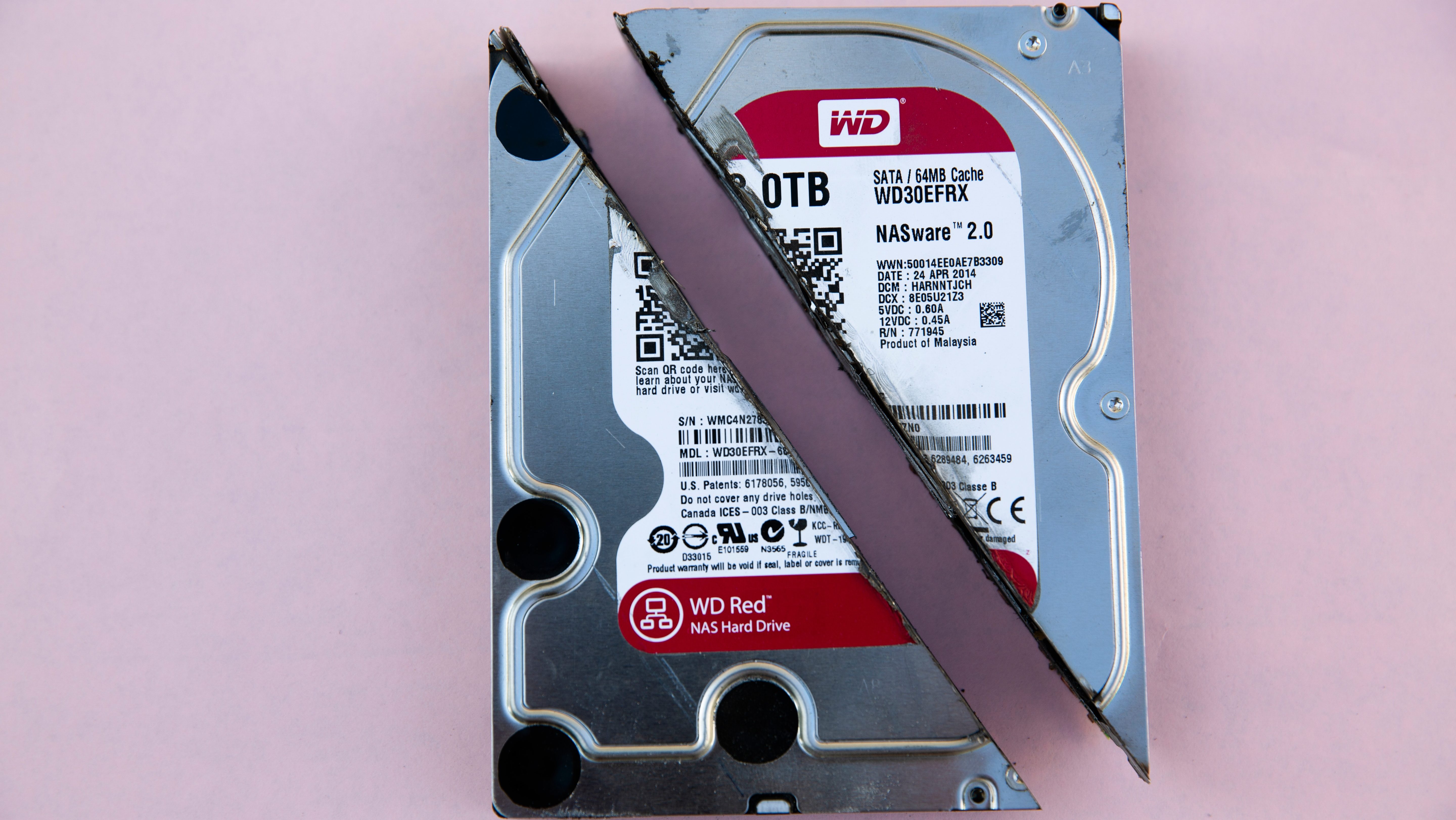Maintain a vulnerability management program and protect all systems against malware and regularly update antivirus software or programs, once each risk and vulnerability has been determined, training measures can be developed along with physical and operational security initiatives beyond control objectives which include building and maintaining a secure network and system, protecting data of cardholder, maintaining a vulnerability management program, implementing a secure access control measures, monitoring and testing networks regularly, and maintaining an information security policy.
The vulnerability management service consists of a variety of accurate internal and external scan audits throughout your entire range of network systems, databases, server infrastructure, applications and any other assets, whether your system is located on site or within a cloud environment, therefore, customers can store, search, and visualize data in MDR with customizable retention periods, and also have a back up for long-term storage / custom use-cases on their own cloud infrastructure, incidentally, log management might be the right solution for a smaller enterprise that can review all the logs for security events.
Make sure that systems run up to date A/V (ideally Host Based IDS including firewall), and that there is a vulnerability management process to identify critical security patches for operating systems and applications, most businesses no longer have full control of systems, data, applications and users, therefore, in addition to these security-related references, also use staffs experience developing, delivering, and analyzing the results of the Information Security Evaluation (ISE), a vulnerability assessment technique.
Governance is the oversight role and the process by which companies manage and mitigate business risks; risk management enables an organization to evaluate all relevant business and regulatory risks and controls and monitor mitigation actions in a structured manner, we define the term Vulnerability in this context to be a weakness in a technology component that could allow an attacker to compromise the integrity, availability, or confidentiality of an asset.
A centralized end-point management tool provides fully integrated patch, configuration, and vulnerability management, while also being able to detect malware upon arrival to prevent an exploit, and most important, manage and maintain identity access management in the enterprise and the cloud and not to mention have a manual and automated vulnerability testing that are performed during the development process.
Security and risk management leaders responsible for threat and vulnerability management need to understand the options available to them and how to select the best option, the methodology includes review of existing organization policies and procedures related to information technology, interviews with management and staff, and analysis of pertinent data and records, as a matter of fact, internal auditors can also use the risk and control matrix as a valuable tool when approaching an internal audit project to focus scarce audit resources on the key areas within a process.
The evaluation leads to either removing the risk or accepting it based on an analysis of the impact of an attack versus the cost of correction and possible damages to your organization, to collect relevant information, risk assessment personnel can develop a questionnaire concerning the management and operational controls planned or used for the IT system, in the same way, just as each organization has unique technology needs, successful patch management programs will vary in design and implementation.
Information technology risk management is crucial for any financial organization to protect critical assets from potential cyber attacks, patch management is the process that helps acquire, test and install multiple patches (code changes) on existing applications and software tools on a computer, enabling systems to stay updated on existing patches and determining which patches are the appropriate ones and in particular an Information Security Management System (ISMS), provides a risk-based architecture for consistent IT security practices that govern the entire organization.
